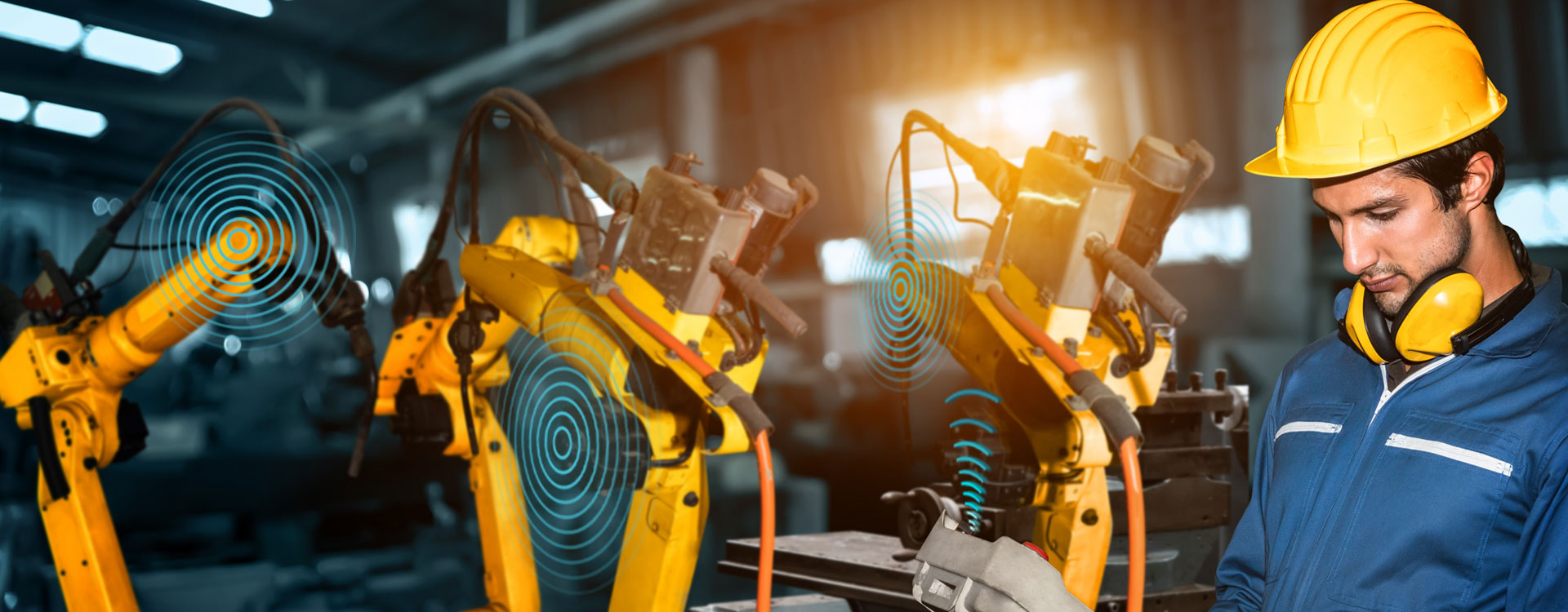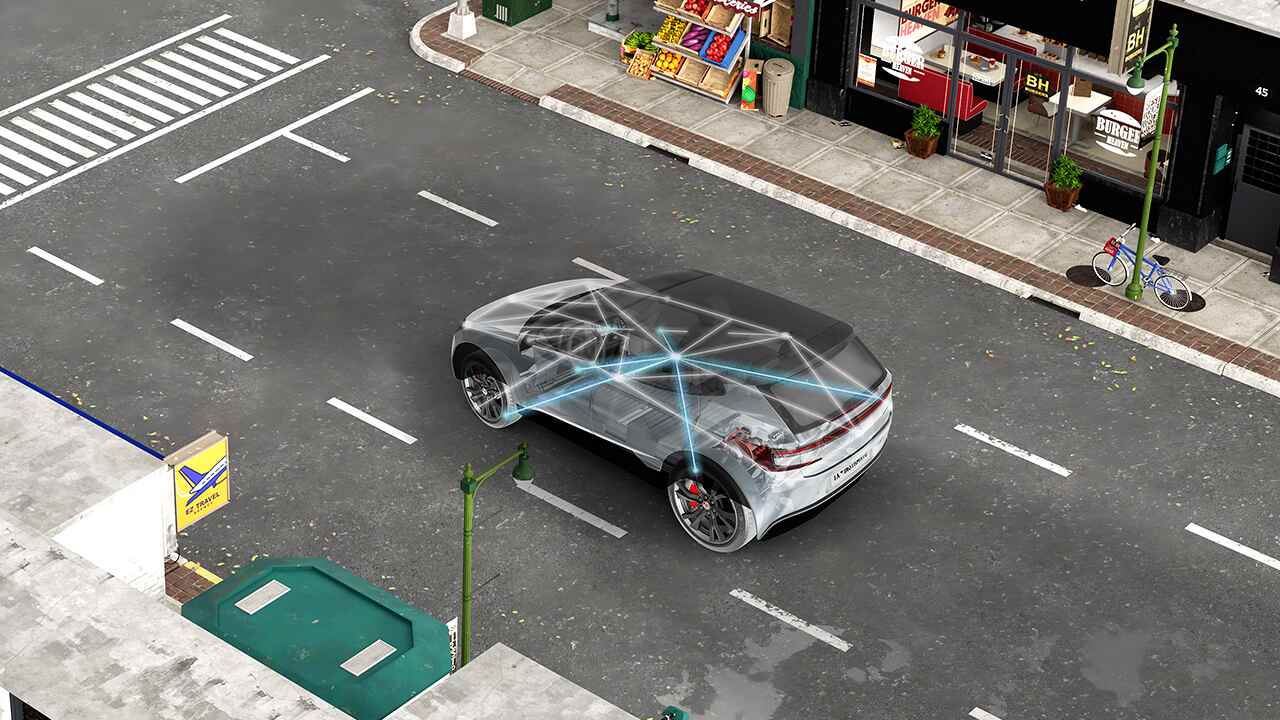Working alongside humans, collaborative robots create operational efficiencies and unleash ingenuity

The 21st-century dreams of flying cars and household androids that take care of our chores have yet to become reality. But thanks to advances in semiconductor technology, factory floors are now giving us a vision of the future.
Robots have been key to process automation for decades and are a fixture on automotive assembly lines and in other manufacturing environments. But safety concerns have typically separated robots from humans.
Today, however, innovation is upending this relationship and bringing collaborative robots – or cobots – much closer to their human teammates.
Enabled by machine learning and equipped with sophisticated sensing technology, cobots are working safely alongside humans, taking on hazardous, repetitive and increasingly complex tasks. They are changing the face of the assembly line and could ultimately transform industrial design as manufacturers learn how a workforce of humans and cobots can boost operational efficiencies.(1)
Semiconductor technology is enabling advances in motor control, sensing and industrial communications that allow cobots to function efficiently and safely close to humans on the factory floor. Here are five ways that semiconductors are transforming the next generation of robots:
Small size increases autonomy
Robots that assemble cars and other heavy products are large and imposing, but cobots coming into the factory setting today are smaller, lighter, more portable and can be customized to perform specific tasks. These smaller cobots are made possible by improvements in form factor, which enable more electronics to be designed into increasingly smaller units without sacrificing power efficiency or precision.
In addition to making cobots smaller, electronics enable the integration of more processing capabilities and intelligence so that the machines can function autonomously rather than through commands or controls from a cloud or centralized processing unit.
Ultimately, smaller cobots will allow manufacturers to serve niche demands for customized products without making significant changes to their production lines. Manufacturers will reconfigure cobots as needed to manage inventory and costs while keeping operations humming.
Sensing technologies improve agility
Previous generations of factory automation robots relied on six to eight axes – or degrees of freedom – of motion control to coordinate their movements. But cobots now can operate with dozens of axes, enabling more detailed and precise movements.
Sensing technologies – such as our company’s industrial millimeter-wave (mmWave) innovation – make this precision possible. Cameras and TI mmWave technology working together can help cobots detect people and their movements, allowing them to work together safely.
The real trick for cobots is to analyze data quickly and make real-time decisions. This level of communication between camera, sensor and a local processing engine requires high-speed connections and the processing horsepower of semiconductors.
These enhanced processing and real-time communication needs are driving a trend toward faster data communication standards, moving from 100-megabit to 1-gigabit Ethernet communication applications. Industrial protocols such as EtherCAT are in the process of transitioning from EtherCAT to Gigabit EtherCAT. At the same time, minimizing the wiring that carries this data is another consideration for decentralized cobots, and processing power is important for managing rapid communications over fewer wires.

Machine learning drives efficiency
Advancements in machine learning are another factor in the growing deployment of cobots, as they learn from humans and from each other. Applications being rolled out allow cobots to learn tasks by watching humans perform them – much as any human trainee would. This can save the time that previously would have been required for programming. Cobots can then "teach" other cobots by sharing the information they learned through local connections or directly to the cloud.
When deployed across the supply chain in inventory management, warehousing and fulfillment, cobots could ultimately manage their own operation and production schedules to handle fluctuations in supply and demand.
Efficient power management enhances flexibility
The deployment of cobots may create unique challenges in power supply and management. Factories will need to ensure their power management is as efficient as possible from a current draw and thermal perspective.
Electronics create digital "noise" that can interfere with magnetic fields. How factories deal with electromagnetic interference is a design challenge. Finding flexible solutions for load management and designing systems that can be deployed using existing footprints for power are other challenges that semiconductor suppliers are partnering with customers to solve.
Going beyond the factory floor
Cobots are also being put to work in telemedicine, elder care, and industries such as mining, oil and gas production. Education may also be fertile ground for cobots.
Cobots won’t replace humans in the workforce, but they will help unleash their ingenuity by making them more flexible, efficient and responsive to customer needs. Human minds will continue to produce the innovations, but cobots powered by semiconductor technology will help turn those bright ideas into reality.
(1) hbr.org/2018/07/collaborative-intelligence-humans-and-ai-are-joining-forces


